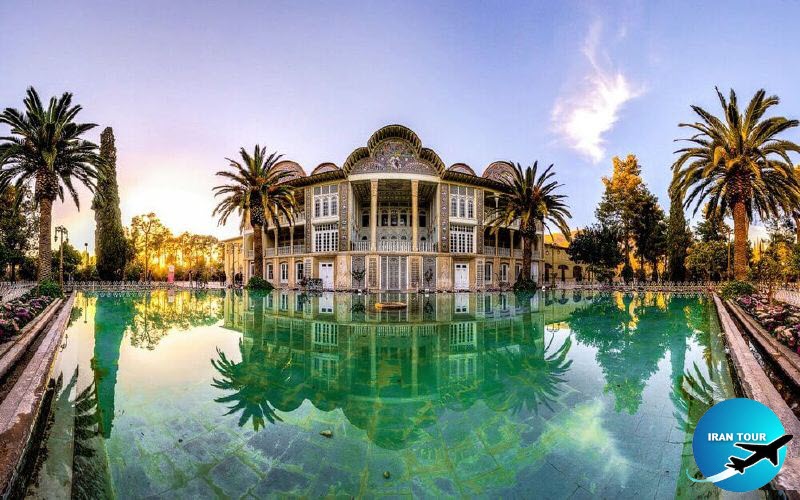Copyright 2020 - 2021 irantour.tours all right reserved
Designed by Behsazanhost
Eram Garden
Eram Garden
Shiraz is world-famous for its gardens, Eram being the most celebrated. The garden traces its history from the Seljuk period and was much enlarged during the subsequent years. During the 18th century, the garden was owned by the leader of the Qashqai tribe, Mohammad Ali Khan Ilkhan, and its first pavilion seems to date from this time. Under Naser al-din Shah Qajar, Hossein Ali Khan Inte Nasir al-Molk bought the garden. He commissioned the construction of its building to Hajj Mohammad Hasan, the prominent architect of the Qajar court, who was also responsible for the construction of the Nasir al-Molk Mosque. The construction of a splendid three-story building took several years; the building was completed in 1893 under the supervision of Nasir al-Molk's nephew Abulqasem. After a short period in which the Qashqai chieftains regained and held ownership of the garden, it was confiscated by the government and given to Shiraz University. In 1980, the garden was opened to the public as a botanical garden. The former mud walls were replaced with iron railings, many old trees were cut down to make room for lawns, and a broad boulevard was built across the northwest side of the enclosure. The spring, whose waters flow into the front pool, endows the Eram Garden with great appeal.
 |
The magnificent pavilion, a 335-sq.-m stone-edged pool, and an impressive array of trees and flowers are the outstanding features of the garden. The Eram Garden is especially famous for its cypresses, some of them as much as 300 years old. The building is justly considered an architectural and artistic masterpiece of the Qajar era. Its ground floor is allocated to a Howzkhaneh (The role of water in Persian Gardens), designed for the repose of the residents during the summertime. Polychrome faience decorates the walls and floor of this hall, whose center is accented by a carved stone pillar.
 |
The most imposing feature of the building is the two-story central porch which sits above the first floor, and which fronts stories two and three. Behind the porch, each of the stories is centered with a large hall, flanked by small chambers. On either side of the halls run corridors separating the halls from a number of side rooms, which in the past housed guest bedrooms and service quarters. The third floor features high, wooden windows overlooking the pool in front of the building.
 |
The semi-circle of tile plaques on top of the building portrays a selection of historical, mythological, and literary characters. Among them is Naser al-Din Shah Qajar mounted on a white steed, Prophet Solomon with the Queen of Sheba, Joseph (Yusuf) and Zalikha, Farhad and Shirin, and Rostam, as well as horned divs, wild animals, and fairy creatures. The Nastaliq inscriptions on the solid stone plates on the building's exterior are the work of Mirza Ali Naqi, and date from the Qajar
period. Six of these show excerpts from the poems of renowned Persian poets. The building is being redecorated for its opening to the public as the Museum of Botany and Ethnography.
- Details
- Category: Museums of Shiraz











